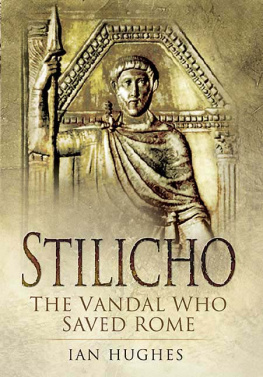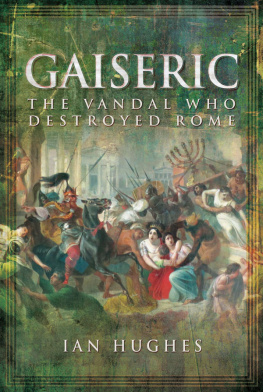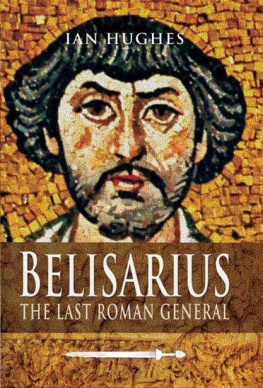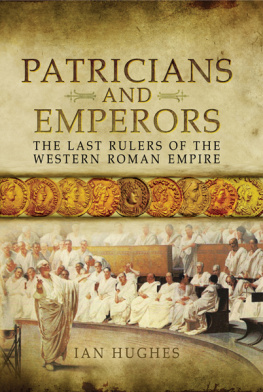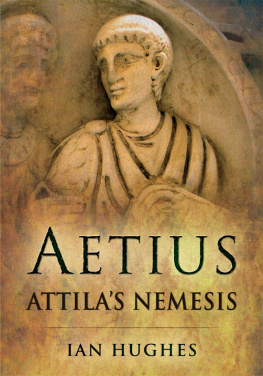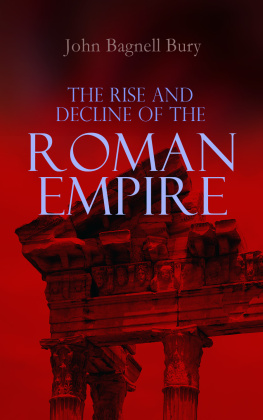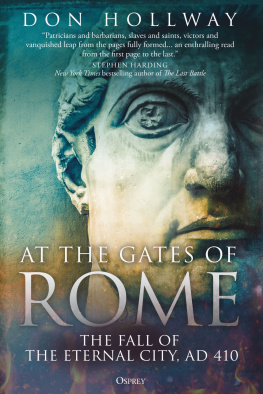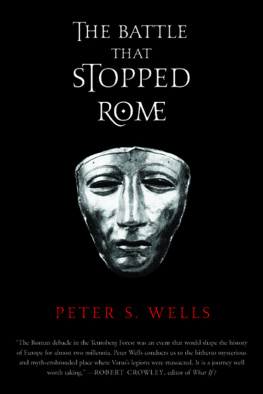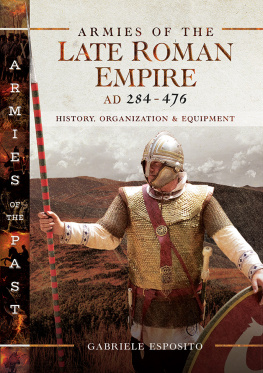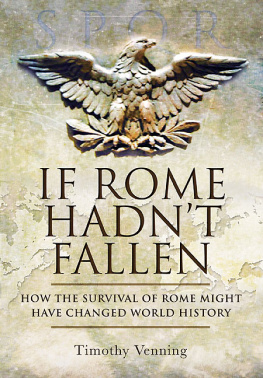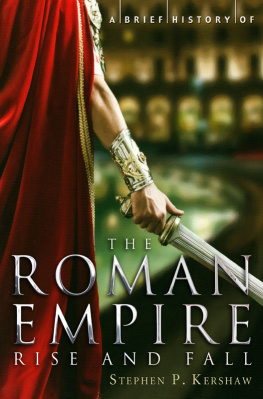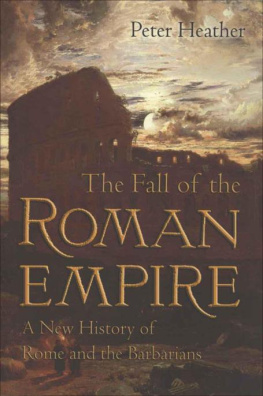

First published in Great Britain in 2010 by
PEN & SWORD MILITARY
an imprint of
Pen & Sword Books Ltd
47 Church Street
Barnsley
South Yorkshire
S70 2AS
Copyright Ian Hughes, 2010
ISBN 978 1 84415 969 7
eISBN 9781848849105
The right of Ian Hughes to be identified as Author of this Work has been asserted by him in accordance with the Copyright, Designs and Patents Act 1988.
A CIP catalogue record for this book is available from the British Library All rights reserved. No part of this book may be reproduced or transmitted in any form or by any means, electronic or mechanical including photocopying, recording or by any information storage and retrieval system, without permission from the Publisher in writing.
Printed and bound in the UK by MPG Books
Pen & Sword Books Ltd incorporates the imprints of Pen & Sword Aviation, Pen & Sword Family History, Pen & Sword Maritime, Pen & Sword Military, Wharncliffe Local History, Pen & Sword Select, Pen & Sword Military Classics, Leo Cooper, Remember When, Seaforth Publishing and Frontline Publishing.
For a complete list of Pen & Sword titles please contact
PEN & SWORD BOOKS LIMITED
47 Church Street, Barnsley, South Yorkshire, S70 2AS, England
E-mail: enquiries@pen-and-sword.co.uk
Website: www.pen-and-sword.co.uk
Contents
For Joanna and Owen
For their patience and understanding
Acknowledgements
My first thanks must go once again to Philip Sidnell for his confidence in giving a second contract to an unknown author. I hope that this book repays that confidence.
I would like to thank Adrian Goldsworthy for again agreeing to read through early drafts of the entire book, a task which demanded a vast amount of patience and humour mainly at my expense. For reading excerpted chapters I would like to thank Philip Matyszak, Robert Jones and Robert Vermaat for their time, encouragement and suggestions.
For helping me to secure otherwise impossible-to-acquire books, I would like to thank the staff at Thurnscoe Branch Library, Barnsley, and especially Andrea World of the Inter-Library Loans Department of Barnsley Libraries.
I would very much like to thank the following people for kindly allowing me to use their photographs in the plates: Beast Coins (www.beastcoins.com), Giovanni DallOrto of Wikimedia, Mario Ierardi (www.geocities.com), PHG of Wikipedia, and Majed Salem of Saudi Arabia.
From the website Flickr I would like to thank: J C Cuesta, Dobersch, Tilemahos Efthimiadis, Erindipity, Fanaticissima, Sarah Gould, Keiron Hart, James MacDonald, MarkusMark, and Paul Murray.
I would like to express my gratitude to Assistant Professor Bret Mulligan of Haverford College, Pennsylvania, for his willingness to converse on the inscription to Claudian (Plate 3).
The book would not have been the same without the contribution of the members of both www.romanarmytalk.com/rat/ and www.unrv.com.forum. They have been exceptionally patient, especially with regards to questions about the availability of photographs.
I would also like to thank Patrik of Sweden (www.unrv.com) for his special efforts to secure high-quality pictures, and finally, Adrian Wink of Armamentaria (www.armamentaria.com) for once again allowing me to reproduce photographs of his excellent reproductions.
To all of these individuals, once again my heart-felt thanks.
However, most of all I would like to thank Joanna for her endurance in reading through yet another book about some bloke from ancient Rome. For her patience and understanding I will for ever be in her debt.
And finally to my son Owen, I would like to apologize for all of the times when he has wanted to play and has been told, Sorry, Daddy is working. Your patience will now bear fruit, as the work is finally finished
List of Illustrations
Line drawings
Plate section
List of Maps
Foreword
It is a great pleasure to write this brief foreword to Ian Hughes second book, following on from his earlier study of Belisarius as a general. Stilicho is in many ways the most fascinating of the succession of military strongmen who dominated the Western Roman Empire in the last few generations of its existence. He stands out in a period when few personalities register, and even fewer command any respect or admiration. Much of this has to do with the manner of his death, accepting arrest and in fact execution rather than leading his still-loyal troops in a war against the emperor. This single act, coming at the end of a long career, powerfully shapes our mental image of the man, and yet even this is surrounded in mystery. He may have acted through courage and a sense of duty to the state, feeling that it was better to accept the arbitrary judgement of an ungrateful and incompetent emperor rather than to start yet another internal conflict. Or perhaps he was just too tired to care, already mentally defeated, and rightly or wrongly believed that he could not hope to beat the Emperor Honorius. We simply do not know.
Indeed there is so much that we do not know about Stilichos career and the broader history of these years. Details are often elusive, as is the broader context. From a military perspective, we not only lack full accounts of even the most important campaigns of this period, but also a wider sense of what the Roman army in Stilichos day was like and how it operated. There is very little hard evidence for the scale of operations, the size of the forces led in the field by Stilicho, or the numbers of warriors following the barbarian leaders. Far less is also certainly known about the workings of the Roman state in these years than is often assumed. Stilichos world is glimpsed only in scattered fragments of information. A few facts are known, other details are more or less plausibly guessed, while some remain elusive no more than conjecture however confidently asserted.
It is a frustrating and intriguing challenge to write the history of this period. Ian Hughes sets himself an even more difficult task in writing a biography of Stilicho, where the central thread is the career of just one man. It is well worthwhile, for it is always good to remind ourselves that men like Stilicho, Honorius and Alaric were just human beings. Historians rightly concern themselves with wider social trends, where the successes and failures of individuals are seen principally as illustrations of broader patterns. Yet this is not how people actually live their lives, and it is very dangerous to remove this human element from history.
Biography has another advantage, in that it forces the historian to maintain a clear chronological narrative. In more general studies it is all too easy to pull fragments of information from diverse contexts to create an overall picture, which over time can often become so firmly entrenched that historians forget how it was first formed. In this book Hughes make sensible use of evidence from outside the period, but remains focused on the career of Stilicho himself. Simply looking at this in detail is highly valuable, as is considering such practical things as how quickly events could have occurred, and how fast information, individuals, armies or supplies could have travelled. Rapid summaries, and still more a thematic approach, all too often conceal serious flaws in the reconstruction of events.
Next page
